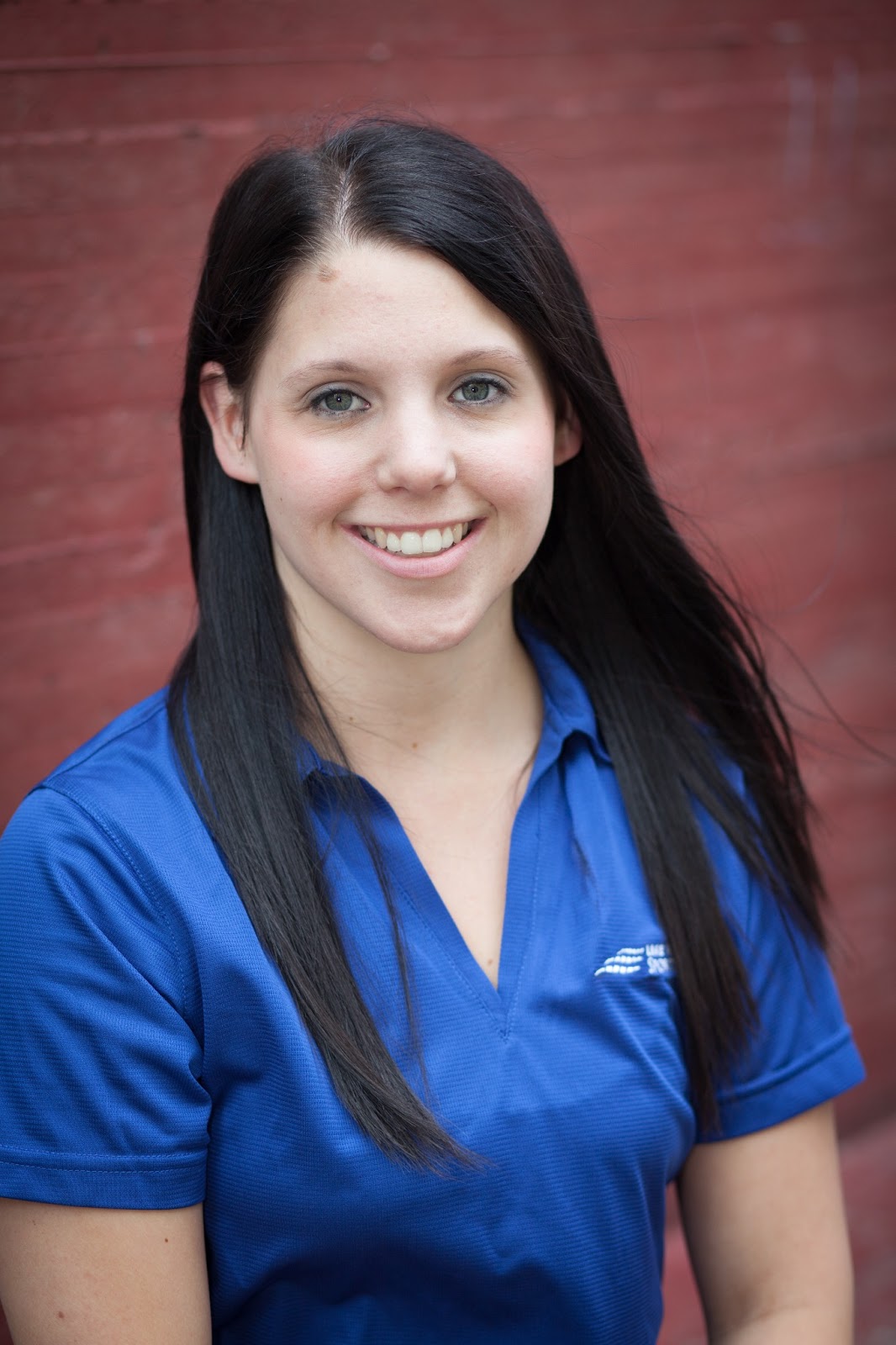Let's meet Tony Trinh, Medical Assistant Extraordinaire!
When did you first become interested in musculoskeletal medicine?
-Participating in sports growing up and being a huge sports fan, there is nothing more frustrating then getting injured or seeing your favorite athlete injured. This really spurned my interested in the mechanisms of injury and the process of getting back to the field, and for the non-athletes, just back to every day life.
You are certified in Functional Movement Screens (FMS). How does that influence the way you think about patients?
-The Functional Movement Screen is a ranking and grading system that looks at movement patterns that are key to normal function. It helps identify functional limitations and asymmetries that can predispose a person to injury and reduce the effects of functional training and physical conditioning. The most important thing that I was able to take away from FMS is that the body, and all of its parts, work together as a functional unit. When thinking about patients, pain may be localized to a specific area or body part, but it is likely that other structures or movement patterns are also involved and contributing to their discomfort. For example, if a patient is having pain in their shoulder or elbow from playing tennis, although it may appear straightforward and localized, an overcompensating movement pattern due to limited hip flexibility could be the underlying issue.
What are your thoughts about role of Musculosketal Ultrasound and how it improves the patient experience in treating musculoskeletal conditions?
-I had not been exposed to the use of ultrasound in a musculoskeletal capacity before coming to Lake Washington Sports and Spine, but seeing it in action, I was immediately impressed. Not only does it allows you to see structures within the body in incredibly high detail (you can see the individual fibers of tendons!), it does this in real time, so you can observe body structures with dynamic movement. Something that is also particularly help is that the patient can give Dr. Chimes and Dr. Hyman feedback in real time, letting them know whether or not the positioning of the probe is painful, allowing them to discern which irregularities are concordant with their symptoms and which ones are simply incidental.
What is different about the way that Dr. Chimes and Dr. Hyman treat patients compared to your prior exposures to sports medicine? (What are your favorite aspects of how Dr. Chimes and Dr. Hyman educate patients? Can you give an example of how they go above and beyond in educating patients?)
-I think that Drs. Chimes and Hyman both do a really good job of educating patients on what is going on with their bodies. When looking at the ultrasound, they understand that most people will not understand what they are looking at, so they go through the effort of explaining what exactly is being displayed on the screen. They will often use anatomical models to describe which structures are involved and how they are contributing to the problem. I think this helps patients understand the goals of their treatment options, and empowers them to follow through appropriately. It takes extra time and effort to educate, but the patients clearly appreciate it.
You are planning a career as a physical therapist. What have your learned while working at Lake Washington Sports & Spine about how Dr. Chimes and Dr. Hyman integrate their care with the physical therapists they work with?
-Physical therapy is a treatment option that has proven very effective in recovering from a variety of musculoskeletal injuries. Having the correct diagnosis and following the appropriate protocols are key components that contributes to the efficiency of physical therapy. Drs. Chimes and Hyman are both incredibly talented diagnosticians, and are well versed in the strengths of various physical therapists, allowing them to best match a physical therapist's skillset with specific patients. Another element that Drs. Chimes and Hyman bring to the table is that they perform a number of different injections that can supplement physical therapy when the patient's progress has plateaued.








